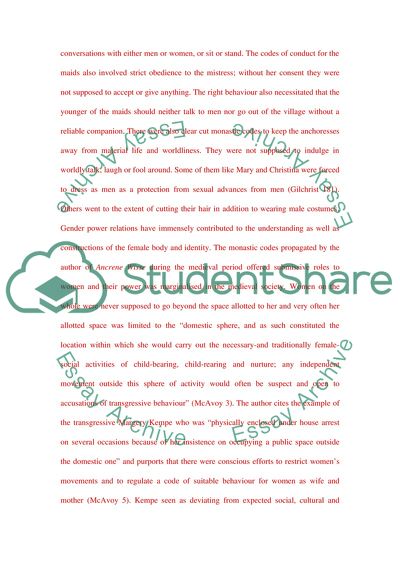Cite this document
(Duffy about Women's Suffering in Medieval and Modern Periods Literature review, n.d.)
Duffy about Women's Suffering in Medieval and Modern Periods Literature review. Retrieved from https://studentshare.org/gender-sexual-studies/1730988-representation-of-the-female-body-in-literature
Duffy about Women's Suffering in Medieval and Modern Periods Literature review. Retrieved from https://studentshare.org/gender-sexual-studies/1730988-representation-of-the-female-body-in-literature
(Duffy about Women'S Suffering in Medieval and Modern Periods Literature Review)
Duffy about Women'S Suffering in Medieval and Modern Periods Literature Review. https://studentshare.org/gender-sexual-studies/1730988-representation-of-the-female-body-in-literature.
Duffy about Women'S Suffering in Medieval and Modern Periods Literature Review. https://studentshare.org/gender-sexual-studies/1730988-representation-of-the-female-body-in-literature.
“Duffy about Women'S Suffering in Medieval and Modern Periods Literature Review”. https://studentshare.org/gender-sexual-studies/1730988-representation-of-the-female-body-in-literature.


